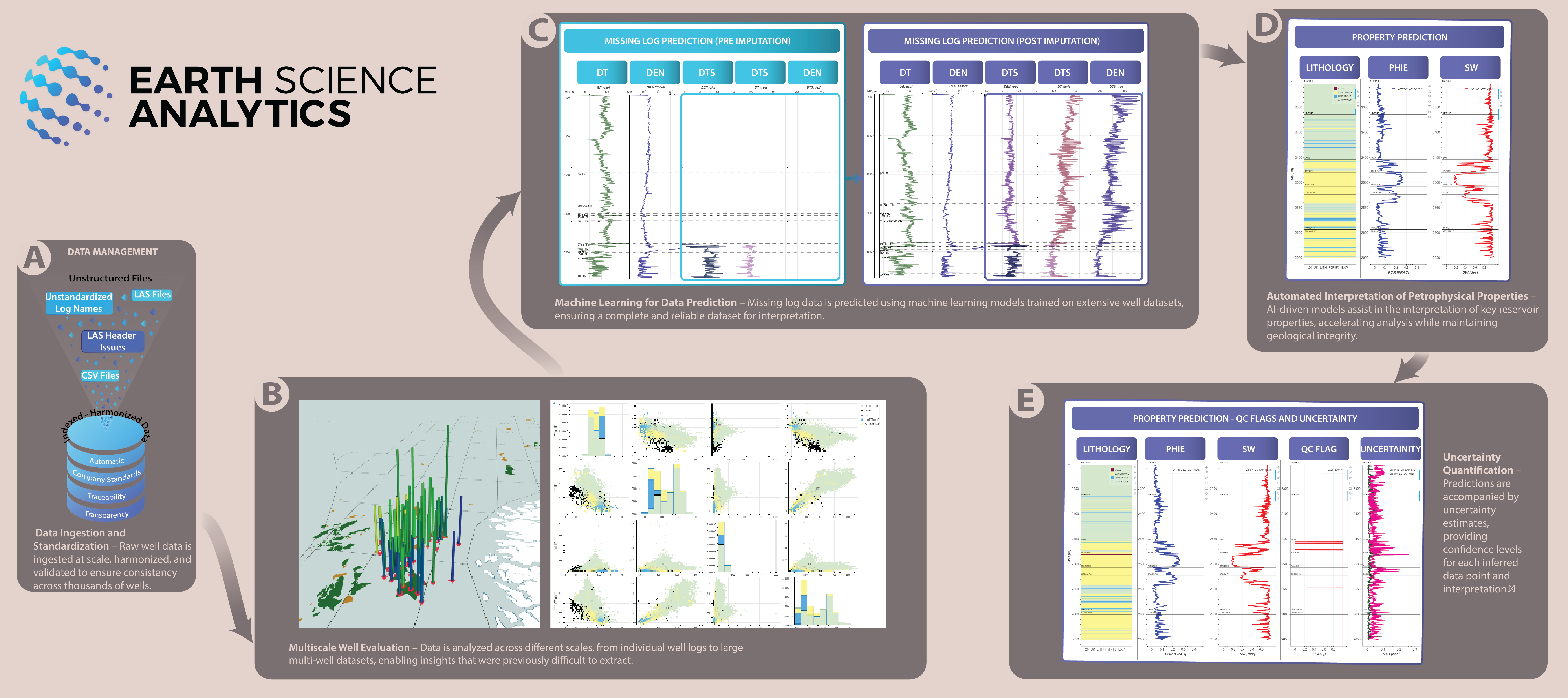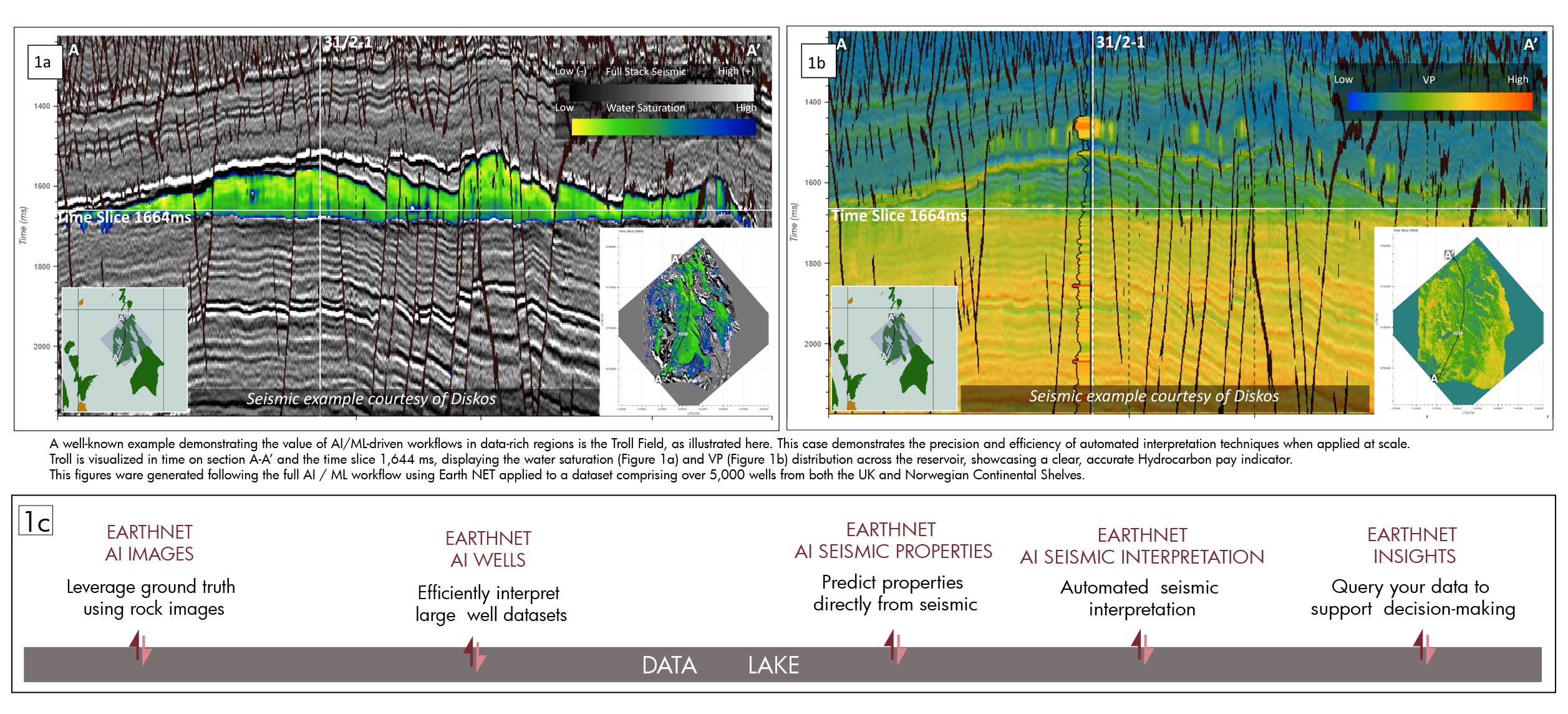– We launched the pilot study in the North Sea in order to see if we could rapidly identify overlooked pay in a mature basin by using sophisticated digital analytics techniques such as machine learning, said Iain Martin, Project Manager at the Oil and Gas Technology Centre (OGTC) in a webinar on June 9.
OGTC has hosted the project to highlight and high-grade remaining exploration potential in the North Sea. Martin added that the North Sea is a prime location for such an endeavor because mature basins normally comes with a wealth of existing data.
Several companies have been a part of the project, which is in its final phase. One of four participating “technology developers”, also presenting during the webinar, is the Norwegian company Earth Science Analytics (ESA).
ESAs project aim is to maximise economic recovery by crunching and analysing a vast set of data provided by the Norwegian Petroleum Directorate and nine industry sponsors, totaling around 7 000 wells.
– We have never worked on this scale before and have been able to identify missed pay in 4 835 wells in the northern North Sea, said Erik Larsen, CEO and President at ESA.
Larsen said he hoped the exploration community will utilize the companys findings to do successful exploration in the years to come.
Also presenting on behalf of ESA was Daniel Stoddart, Principal Geo/Data Scientist.
Stoddart explained the process ESA went through, starting with data from approximately 5 000 wells and 30 000 kilometers of logs, along with other data such as seismic.
During the workflow, ESA has edited and quality controlled the data, before predicting lithology and identifying net reservoir and pay and finally classified and ranked overlooked pay.
– This kind of big data management could only be achieved by using machine learning, Stoddart explained.
Past misses
There are many explanations for why companies in the past have missed the large number of opportunities that now seems apparent.
– Reasons include old wells and old technology, poor petrophysical evaluation, bad hole conditions and loss of knowledge and experience, said Stoddart.
Other explanations may be that the company at a given location missed a pay zone because they were targeting a larger one in the vicinity. Different geological plays and understandings of a geological setting have also contributed to overlooked opportunities, according to the Principal Geo/Data Scientist.
In the future, ESA wants to expand the project by quantifying the findings and extend the study to other areas on the UKCS.
ESA hope their results will revitalise exploration by producing a list of overlooked hydrocarbon pay zones, demonstrating the capabilities and value of machine learning on raw well data as well as enhancing the current data accessible through the National Data Repository.
The project results will be made available over the coming months.
According to OGTC, the project could potentially have a significant impact to the industry.
OGTC was established in 2016 with funding from the Aberdeen City Region Deal, the UK and Scottish Government, Aberdeen City and Shire Councils and Opportunity North East. Their mission is to be the go-to technology centre for the oil and gas industry both in the UK and internationally.





